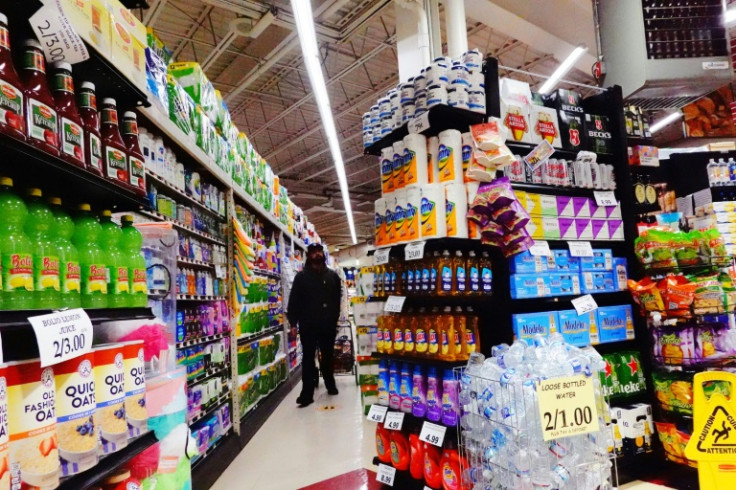Consumers Could Be Pushed' Over The Edge' Due To New Inflation Numbers
The newest inflation numbers are not showing promising things to weary consumers looking for a break, as the Personal Consumption Expenditures Price Index showed a 5.4% rise in headline inflation from a year ago and 0.6% for the month Friday. The numbers, which come on the heels of the consumer price index revealing a 6.4% gain year over year and a 0.5% increase for the month, will likely mean consumers need to continue tightening their budgets as prices will remain high.
With inflation still seemingly out of control and nowhere near the Federal Reserve goal of 2%, price increases are likely to continue throughout the year, experts warn, though at a slower pace.
"We're looking at higher than normal price increases, certainly through 2023 and probably through much of 2024, as well," William Luther, director of the American Institute for Economic Research's Sound Money Project told CNBC.
That likely isn't surprising to consumers who have been feeling the brunt of inflation for over a year, and things like the Avian Flu have only made things worse, causing a recent 70.1% increase in the price of eggs, as well as a 10.5% increase on the price of chicken, in addition to other increases in food costs at the grocery store.
Those same consumers have also felt the pressures and pains of inflation at the gas pump as well, with fuel prices still trending higher than they did during the onset of the COVID-19 Pandemic, though they have gone down considerably since the onset of the Russo-Ukraine war a year ago, which led to a record average $5.01 per gallon national average for regular unleaded gasoline in June, according to AAA. The current national average sits at $3.373 per gallon for regular unleaded gasoline as of Feb. 25, which is down for the week and month. That likely isn't something that matters much to the residents in the five states where they are paying the most on average—Hawaii ($4.88), California ($4.75), Nevada ($4.24), Washington ($4.21) and Colorado ($4.07).
As families try to cope with higher prices, it is also driving up other numbers that could be even more concerning—household credit card debt, which according to a January survey from Bankrate, 36% of respondents said was now higher than their emergency savings. In addition, that same survey found that 39% of people had fewer emergency savings than they did a year ago and 10% still have no cash set aside. This also comes as total household debt increased by 2.4%.
Inflation is likely part of the problem when it comes to those alarming numbers, as more people may find themselves turning to credit cards as they try to pay for groceries and gas, and with interest rates also climbing in an effort to slow inflation down, it, in turn, becomes harder to pay down whatever debt they do have.
"It's that combination of everything that is starting to push people over the edge," Bruce McClary, senior vice president of the National Foundation for Credit Counseling, told CNBC.

© Copyright IBTimes 2024. All rights reserved.



















